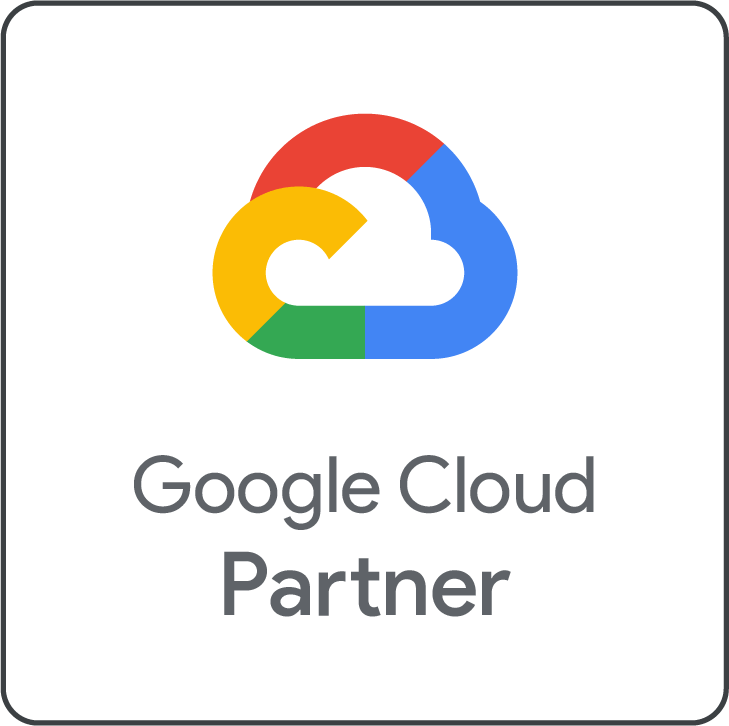Antiguos alumnos
Si has asistido a alguno de nuestros cursos, tienes un 10% de descuento en la matrícula de tus próximos cursos o certificaciones oficiales.
Carné Joven Comunidad de Madrid
Si tienes el Carné Joven de la Comunidad de Madrid, dispones de un 15% de descuento en todos nuestros cursos y certificaciones. Únicamente deberás presentar tu carné.
Desempleados
Bonificamos un 10% la matrícula de tu curso o certificación oficial. Únicamente deberás acreditarlo con cualquiera de los documentos oficiales disponibles.
Discapacitados
Si tienes algún tipo de discapacidad, cuentas con un 10% de descuento en la matrícula de tu curso. Únicamente deberás acreditarlo.
Familia numerosa
¡Te ayudamos! Sabemos que es importante cuidar de la economía familiar, por eso, y en cumplimiento de nuestra política de Responsabilidad Social Corporativa, si eres miembro de una familia numerosa, puedes beneficiarte de un 10% de descuento en la matrícula de cualquier curso. Únicamente deberás acreditarlo.
Amigos o compañeros profesionales
Si te inscribes a nuestros cursos con uno o más amigos o compañeros técnicos, cada uno de vosotros obtendréis un descuento del 10% en vuestra formación.
Si trabajáis en la misma empresa, consulta los descuentos para departamentos profesionales.
Empresas
Mantener, actualizar y perfeccionar las habilidades y conocimientos del equipo de trabajo es esencial para la adaptación y el éxito de la estrategia empresarial en el entorno dinámico y desafiante en el que competimos.
Si deseas planificar la formación (técnica, metodológica o de habilidades) de tu equipo, consulta nuestros planes de formación continua o los descuentos en cursos y certificaciones técnicas.
